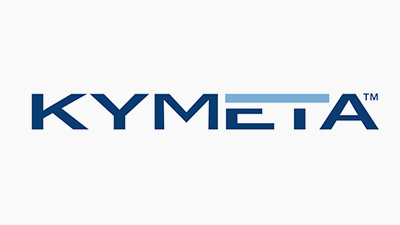From Satellite Evolution Group
The flat panel antenna segment is ready to explode, as developers from across the world
The land mobility market has long lagged behind modern connectivity solutions. While some cruise ships, commercial aircraft, and larger mobility segments have begun to make
headway with connectivity options, the magical trifecta of affordability, size, and quality have proved elusive for smaller applications, such as freight trains and passenger buses.
However, the modern consumer is demanding connectivity now. Today, people want the same level of broadband connectivity to Wi-Fi not only at home and work, but in between, while they’re on the move from place to place. It makes sense: Industries from mining to logistics are transforming as more and more operations move online. People are growing accustomed to being connected anytime, anywhere. If it can be cracked like other industries, the land mobility market holds huge potential for connectivity
providers.
Flat panel antenna technology has recently come to the forefront as the leading solution for the land mobility market due to its low-profile form factor, making it easier to install. In fact, recent statistics from Northern Sky Research’s (NSR) Flat Panel Satellite Antennas, 3rd Edition report, forecasts flat panel antenna equipment sales across land mobility markets to reach $537 million by 2027.